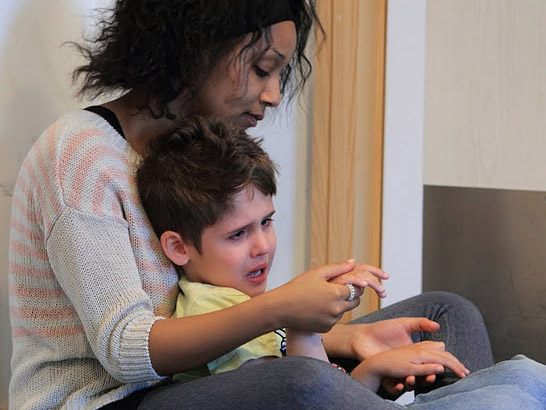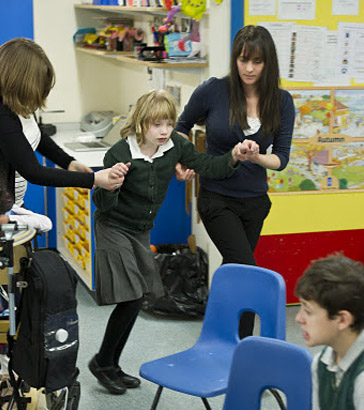One of the simplest ways of noticing what contextual factors affect a child's behaviour is to keep an ABC chart. This is a record, over time, of the child's behaviour and the triggers and consequences of that behaviour.
| Time/date | Antecedent (Trigger) | Behaviour | Consequences |
- The A (Antecedents) is the trigger - what happened before the behaviour?
- The B (Behaviour) is what the child does - their behaviour or actions.
- The C (Consequences) is the adult's reaction to the child's behaviour or actions.
By noticing what triggers a particular behaviour, children's behaviour can often be changed.
Don't forget, all behaviour occurs in context.
Using an ABC chart, watch the video and identify what triggers Jack's behaviour.
| Time/date | A (Trigger) | B (Behaviour) | C (Consequences) |
| 9:00 | Coming in off bus | Nick screaming | Left him to calm down |
| 10:30 | Moved from soft play | Nick screaming and crying | Gave him choice of two juices |
| 10:40 | Drinking juices | Nick screamed and tried to grab the crisps | Removed juice from sight |
| 10:45 | Moving to dining room | Nick started screaming again | Moved to other side of room |
| 12:15 | Moving to dining room | Nick screamed | Ignored him |
What behaviour is the teacher looking at?
What seems to trigger this behaviour?

Before starting an ABC chart it is important to be really clear about what behaviour you want to capture on the chart.
In the example of Nick, we have seen that the teacher's priority was to focus on Nick's screaming and crying.

After completing an ABC chart, a good question to ask is: If you wanted to start this behaviour, what would you do?
If you can answer this question you have probably identified the triggers for the behaviour.
In the example of Nick, the teacher identified that his screaming and crying was triggered by:
- Moving him from one place, and
- The presence of food.
